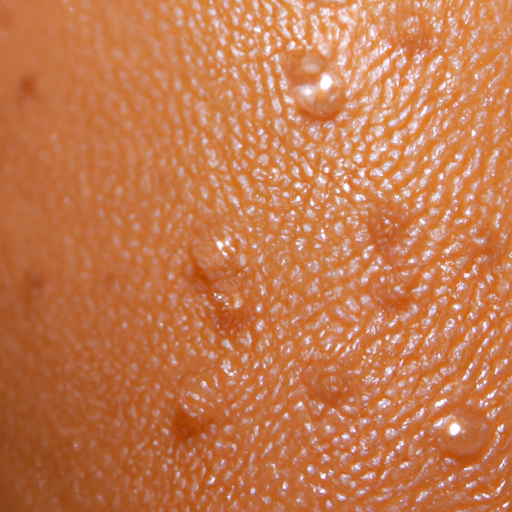As a medical professional, I often encounter patients who are troubled by oily skin. This condition, while not life-threatening, can cause significant discomfort and self-consciousness. In this article, we will delve into the causes and symptoms of oily skin, unmasking the gloss to provide a better understanding of this common skin issue.
Oily skin, also known as seborrhea, is primarily caused by overactive sebaceous glands. These glands, located under the skin’s surface, produce sebum, an oily substance that helps protect the skin and keep it hydrated. However, when these glands produce too much sebum, it can lead to oily skin, clogged pores, and acne.
Several factors can contribute to oily skin. Genetics play a significant role; if your parents had oily skin, you’re more likely to have it too. Hormonal changes or imbalances can also stimulate sebum production. This is why teenagers often experience oily skin during puberty. Similarly, women may notice their skin becoming oilier during certain times in their menstrual cycle, during pregnancy, or when taking hormonal birth control.
Environmental factors can also contribute to oily skin. For instance, high humidity and heat can stimulate the sebaceous glands to produce more sebum. On the other hand, harsh skincare products or routines can strip the skin of its natural oils, causing the skin to overcompensate by producing more oil.
The symptoms of oily skin are fairly straightforward. The most obvious is a shiny or greasy appearance. You may also notice large or visible pores on your skin. Oily skin is also more prone to blackheads, pimples, and other types of acne. Additionally, makeup may not stay on as well and may slide off or disappear after a few hours.
While oily skin can be frustrating, it’s important to remember that it’s not necessarily a bad thing. Sebum is essential for healthy skin as it helps to moisturize and protect your skin. However, when there’s too much of it, it can lead to the problems mentioned above.
If you’re struggling with oily skin, it’s crucial to adopt a skincare routine that works for you. This may involve using products specifically designed for oily skin, avoiding harsh soaps or cleansers that can strip your skin of its natural oils, and using non-comedogenic products that won’t clog your pores.
In conclusion, oily skin is primarily caused by overactive sebaceous glands, which can be influenced by genetics, hormones, and environmental factors. Its symptoms include a shiny or greasy appearance, large or visible pores, and a propensity for acne. Understanding these causes and symptoms is the first step towards managing oily skin effectively. If you’re concerned about your skin, don’t hesitate to consult with a dermatologist or healthcare professional who can provide personalized advice and treatment options.



